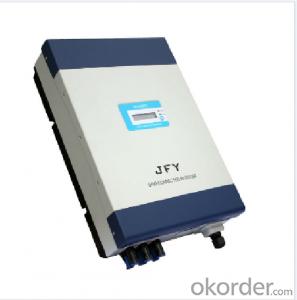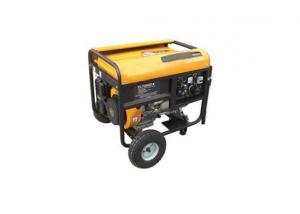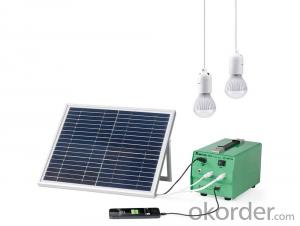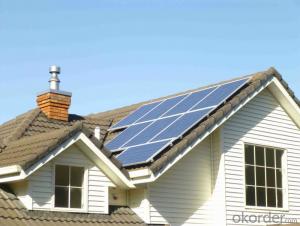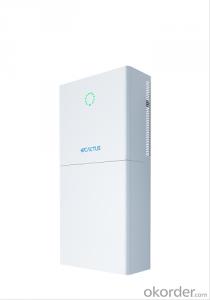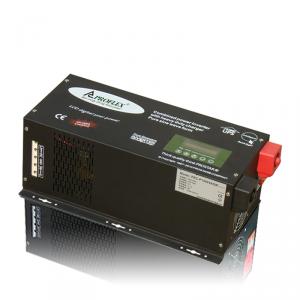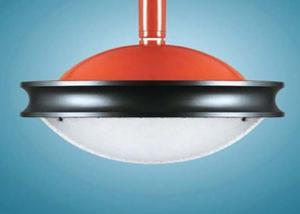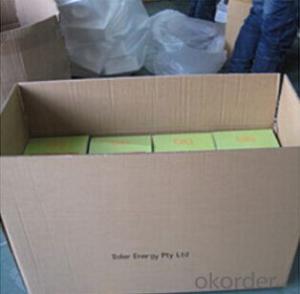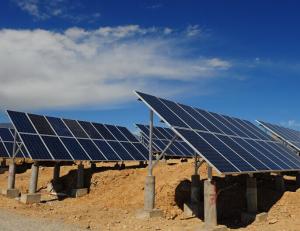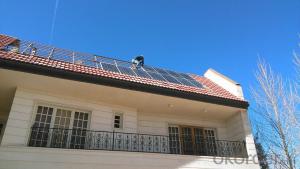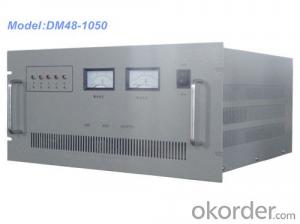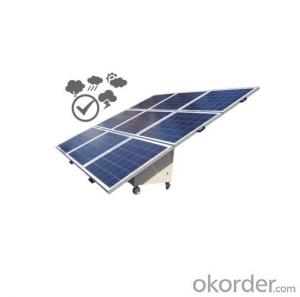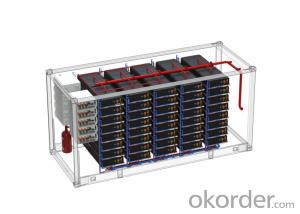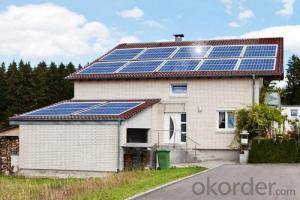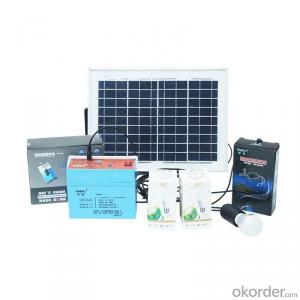5kw Inverter Solar System
5kw Inverter Solar System Related Searches
5kva Inverter Solar System 5kw Solar Inverter Solar 5kw Inverter 5kw Solar Power Inverter Inverter For 5kw Solar System 5kv Solar Inverter 5kva Solar Inverter 5kw Solar Panel Inverter 5 Kilowatt Solar Inverter Solar Power 5kw Inverter Solar 5kva Inverter 5 Kva Solar Inverter 5kw Solar Hybrid Inverter 5kw Hybrid Solar Inverter 5k Solar Inverter 5 Kw Hybrid Solar Inverter Hybrid Solar Inverter 5kw 5kw Solar Inverter For Sale 5kw 48v Solar Inverter 5kw 3 Phase Solar Inverter 5kva Hybrid Solar Inverter 5 Kw 3 Phase Solar Inverter Best 5kw Solar Inverter 5kw Three Phase Solar Inverter Infini Solar Inverter 5kw 5.5 Kw Solar Inverter Solar Inverter 5.5kw 5kw On Grid Solar Inverter 5kw Solar Inverter Cost 5kw Solar Inverter Price5kw Inverter Solar System Supplier & Manufacturer from China
The 5kw Inverter Solar System is a comprehensive solution that includes solar panels, inverters, and other necessary components to harness solar energy effectively. This system is designed to cater to the energy needs of both residential and commercial establishments, providing a reliable and eco-friendly source of power. The 5kw Inverter Solar System is particularly beneficial in areas with abundant sunlight, as it can significantly reduce electricity bills and contribute to a sustainable environment.The 5kw Inverter Solar System finds its application in various scenarios, such as powering homes, businesses, and even off-grid locations. It is an excellent choice for those looking to reduce their carbon footprint and dependence on non-renewable energy sources. By utilizing the 5kw Inverter Solar System, users can enjoy clean and renewable energy, which not only benefits the environment but also offers long-term cost savings.
Okorder.com is a reputable wholesale supplier of the 5kw Inverter Solar System, boasting a large inventory to cater to the varying needs of customers worldwide. The company is committed to providing high-quality products at competitive prices, ensuring that clients receive the best value for their investment. With Okorder.com, customers can rest assured that they are purchasing a reliable and efficient 5kw Inverter Solar System that meets their energy requirements.
Hot Products






